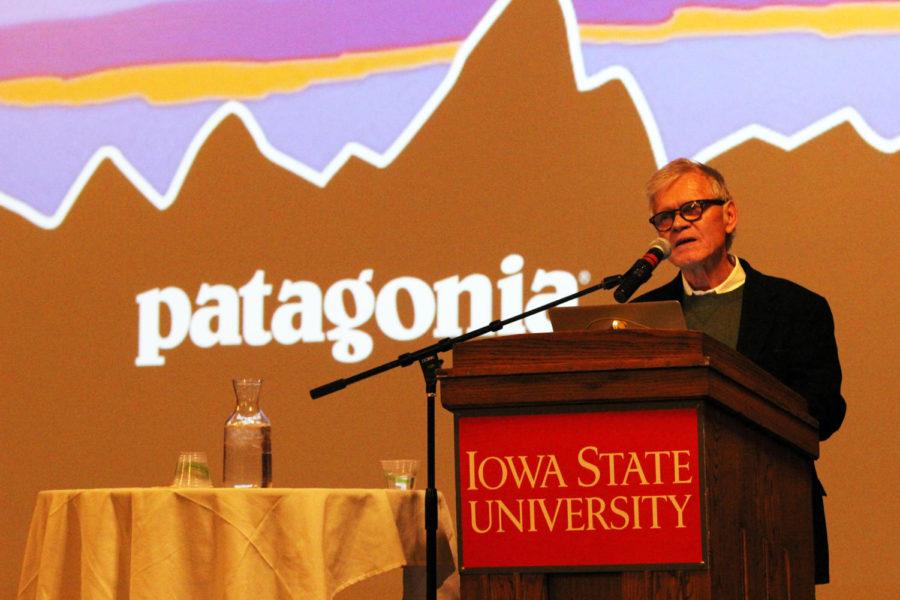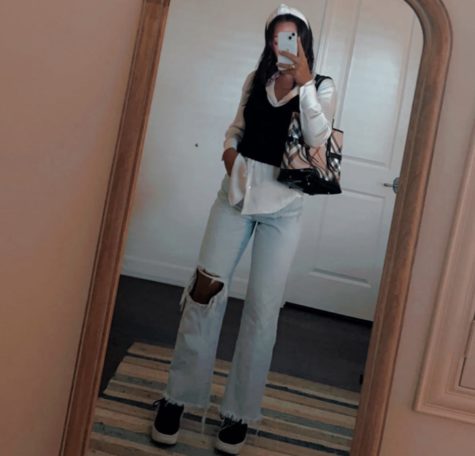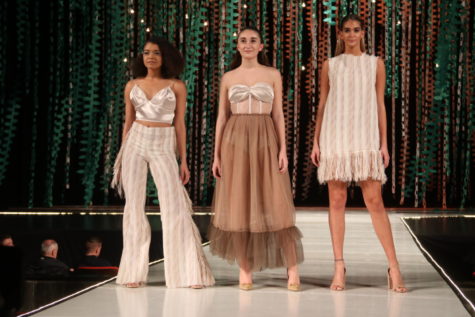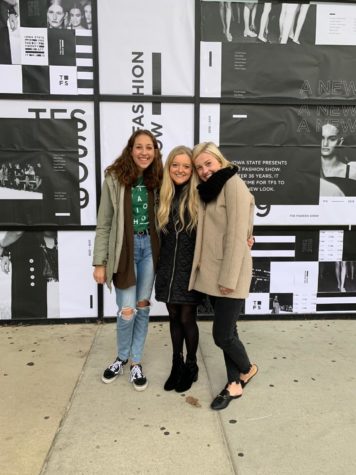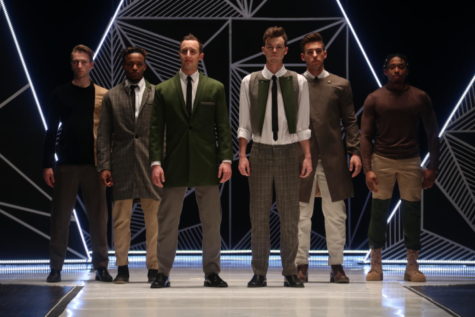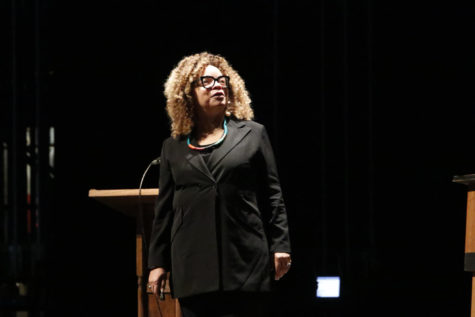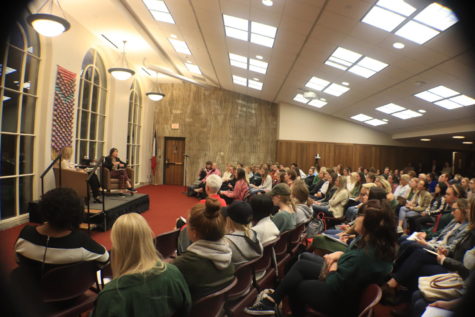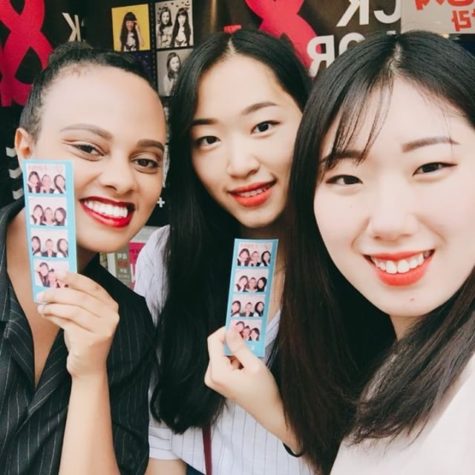Patagonia is one company leading environmental fashion
February 6, 2017
A sea of individuals rushed to the shores of the Great Hall on Feb. 2, planting their feet in front of their seats and waiting in anticipation of an inspirational business message.
The Great Hall of the Memorial Union filled with chatter from Iowa State students, ranging from business to landscape architecture to journalism majors; these students all fascinated with a company that gives business ethics and the apparel industry an entirely new meaning: Patagonia.
With its more-than-anticipated $10 million earnings on Black Friday, Patagonia promised to donate every cent earned to environmental groups fighting to protect natural resources.
What started in 1973 as a company run by “dirtbags”, a name Rick Ridgeway, VP of Public Engagement for Patagonia, calls the outdoor-enthusiasts and close friends of the founder Yvon Chouinard, turned into one of the nation’s leading activists for environmental causes and started the B Corporation Movement, putting stakeholders before shareholders and the environment before profit.
“When you see things like [overgrazing and erosion], we are morally obligated to do something about it,” said Ridgeway. “For those of us in business, we have to ask ourselves how we can use our businesses as a tool for environmental protection.”
Originally named Patagonia Software, which was dropped after Bill Gates changed the meaning of software, it is still a privately owned company after 44 years of establishment – a rare find in the world of business. In the 1990s, Patagonia made a mission statement that they would “Build the best product, cause no unnecessary harm, use business to inspire and implement solutions to the environment crisis.”
Ridgeway delved into great detail the steps Patagonia takes to meet their mission statement, from creating wetsuits using rubber trees instead of petroleum, brewing their own sustainable beer and, most importantly, inspiring other businesses to become more sustainable. Of these businesses, Walmart was one of the first to partner with Patagonia to send a message.
Ridgeway stressed how Patagonia has long before made helping the environmental crisis their main business goal. Since 1985, Patagonia has donated 1 percent of sales to environmental protection through the 1% for the Planet program. Ridgeways says this year, with the help of the Black Friday event, Patagonia is donating about $17 million to those causes.
“Whether we are having a good year, a bad year, rain or shine, that money comes right off the top to a fund that then is distributed to environmental groups around the world,” said Ridgeway.
Patagonia not only donates 1 percent of their sales to environmental causes, but is one of the leading forces for multiple environmental campaigns.
One of Patagonia’s first environmental initiatives, The Footprint Chronicles, tracks Patagonia’s environment footprint as a company, following the textile mills, factories and farms used in production. Started in 2007, this effort is a model for other businesses to follow and for customers to be aware of where their products are coming from.
“It is hard to fully explain the feelings that overwhelmed me at the moment I realized a factory was actually somewhere, and not somewhere else. But what I now know is this,” said Lisa Polley, a web producer for Patagonia, on Patagonia.com. “It is ultimately my decision as to what I buy, how much I buy and where I purchase my clothes. It is me, as part of a collective we, that is dictating how business takes place on this globe.”
In 2011, Patagonia made an impacting step toward defining their brand, changing the way business is run. The New York Times published Patagonia’s Black Friday ad, Don’t Buy This Jacket, advertising how consumers should think before they buy and only buy what they truly need.
“Because Patagonia wants to be in business for a good long time—and leave a world inhabitable for our kids—we want to do the opposite of every other business today. We ask you to buy less and to reflect before you spend a dime on this jacket or anything else,” the ad stated.
In 2013, Patagonia created The Worn Wear Program. According to Patagonia, The Worn Wear Program celebrates the stories we wear, keeps your gear in action longer and provides an easy way to recycle Patagonia garments when they’re beyond repair.
“Why is repair such a radical act? Fixing something we might otherwise throw away is almost inconceivable to many in the heyday of fast fashion and rapidly advancing technology, but the impact is enormous,” said Rose Marcario, Patagonia CEO, on Patagonia.com. “I tell you this as CEO of a clothing company that, despite a deep commitment to responsible manufacturing, still takes more from the earth than it returns.”
Through The Stories We Wear, the Worn Wear blog, customers are allowed to share their favorite stories of their Patagonia attire.
“I enjoyed how the company admitted that they do have an affect on the environment but want to make as little of an impact as possible,” said Kenzie Foldes, a junior in landscape architecture, who attended Ridgway’s lecture in early February. “I think it’s awesome that they also encourage other large manufacturing companies to follow pursuit and even partnered with Walmart to set an example.”
After captivating the students, faculty and community of Iowa State, Ridgeway closed his speech with an inspirational message, putting the power in the individual to create change.
“The influence you have on companies is incredible,” said Ridgeway. “You’ve got the most power in your hands in the world right now to change the world.”

